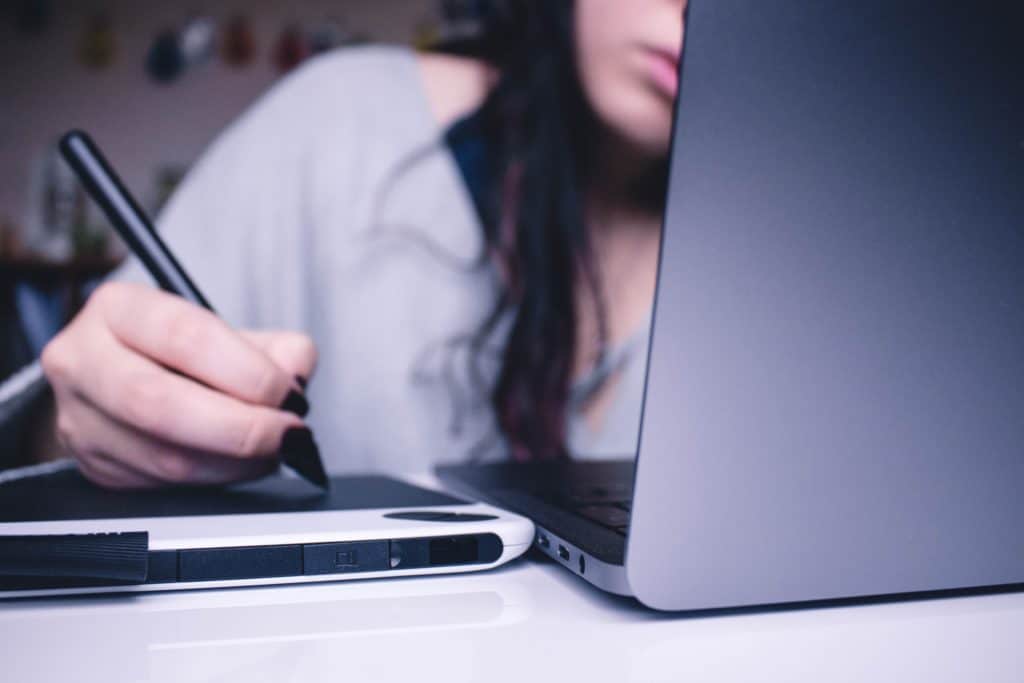This might be hard for some of us to hear, but multitasking is a myth. As women, we are praised from a young age and stereotyped as the world’s multitaskers. Then, as we grow older, we become famous for managing to hold a job, getting dinner ready, scheduling playdates, remembering to pick up ketchup on the way home, and being there to wipe the kids’ tears, all at the same time. While seemingly incredible, we may not actually be as skilled as we think. Not to mention, all this multitasking could be taking a major toll on our health and productivity.
Our culture is so used to multi-tasking that we have forgotten how powerful it is when we focus on just ONE thing for long periods of time. Our concentration increases, our mistake rate drops, and we end up doing a thorough, efficient job. So before you attempt to answer your emails while cooking dinner, here are 5 things to keep in mind about the balancing act of multitasking.
1. Our brains aren’t built for multitasking.
Thousands of years ago, when we were hunters and gatherers, the idea of multitasking wasn’t as advantageous as it is now. Whether the task was to gather food, keep watch, or run from predators, we needed our full attention. As we evolved, this didn’t change.
In fact, when we think we’re multitasking, we’re just switching rapidly between two or more tasks. People who can genuinely do two things simultaneously are extremely rare (one study found that only about 2.5% of people could effectively multi-task). For the rest of us, the constant switching divides our attention and stresses us out.
2. When we do too many things at once, we do them all poorly.
With divided attention comes more mistakes and lower overall work quality. And although we may be able to send emails during our meeting, we probably won’t have really heard what was said; plus, we may have made more typos than usual, slowing us down and possibly getting in the way of our communication. Though it can be tempting to try to get through our to-do list as quickly as possible, the tasks we didn’t do properly can come back to bite us and slow down our productivity in future tasks.

3. Doing one thing at a time allows us to give each task our full attention.
This means the quality of work we turn out will be much higher. We also get more fulfillment from completing tasks wholeheartedly without distractions from other smaller tasks. Here at Your Daily™, we like to say, “Do one thing and do it well.”
Once you’ve mastered and completed the job at hand, then you can move forward. By setting clear, measurable, bite-sized goals that you can check off as you go, you can help yourself to remain focused on completing the bigger jobs before shifting your attention to the rest.
4. Multitasking leads to increased feelings of stress and anxiety.
Stress can be measured through a variety of different factors. Cold hands and feet and sensitivity to loud noises, smells, and lights are indicators of a stressed system.
Alternatively, empirical data such as heart rate variability or the ability to hold your breath once all the air has been emptied from your lungs are just some ways we track stress levels in our app. When we are multitasking, we increase the number of tasks coming at us as well as the velocity and the urgency.
This can cause us to feel overwhelmed by the sheer amount of work we are trying to accomplish and the pressure of multiple, tight time limits. We might think we’ll feel better if we get two things done at once, however, we’re simply raising our stress levels.

5. Attention fatigue.
Our brains only have so much capacity for willpower in a day, and unfortunately, attention uses that finite supply. When we swap back and forth between tasks, burning our attention on small things that could have waited, we end up with a depleted supply for the bigger, more important tasks.
6. Be kind and patient with yourself.
Don’t forget to have patience with yourself. After years of feeling pressured to get it all done at once, it can be hard to give up on the frenzied multitasking. Remember that you’re doing your best, and mindset adjustments take time.
Consider a different approach if you are a chronic multitasker who switches between jobs to try to fit everything in. You might be inadvertently dropping your productivity, making more mistakes, and harming your physical and mental health.
Try blocking off time slots for specific tasks (with realistic lengths of time for each task), then use those slots to give your full undivided attention to the job at hand. Don’t answer emails, don’t jot down things on your shopping list, just sit in the moment.

When you do this, you are improving your capacity for attention and productivity. So next time you’re feeling overwhelmed, remember to go slow and focus on one thing at a time!
If you’re struggling to plan your time and prioritize, check out Your Daily Journal, complete with exercises, flowcharts, and habit trackers that will help you take control of your time and implement change one small step at a time.









